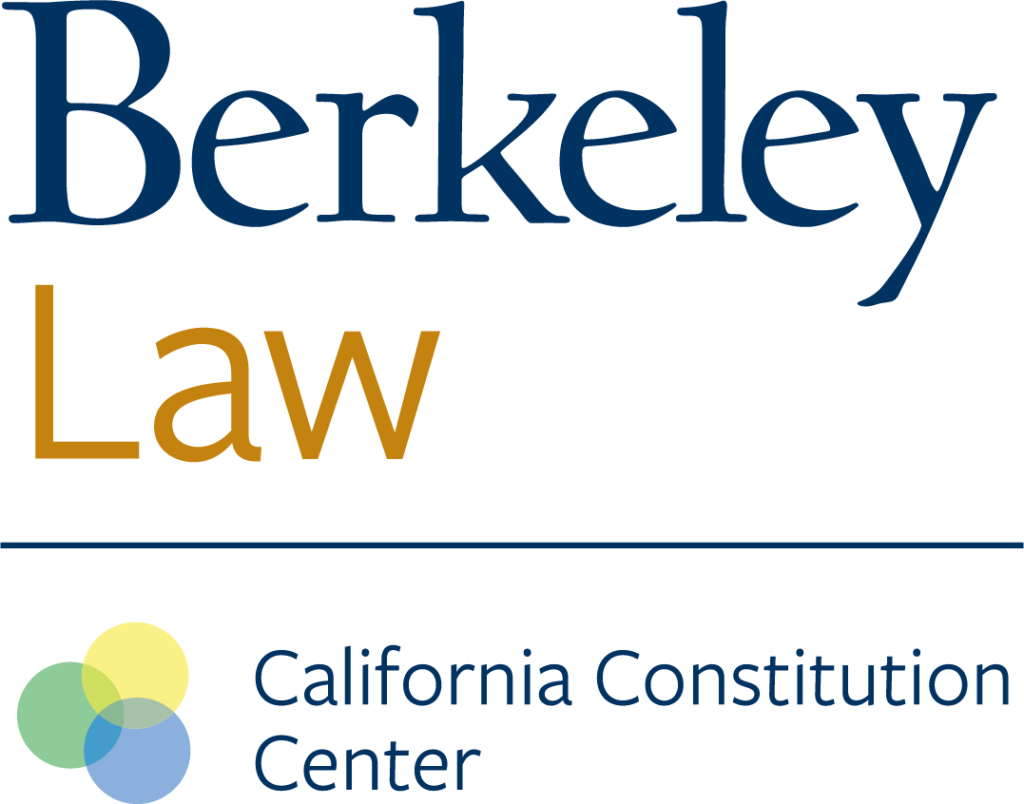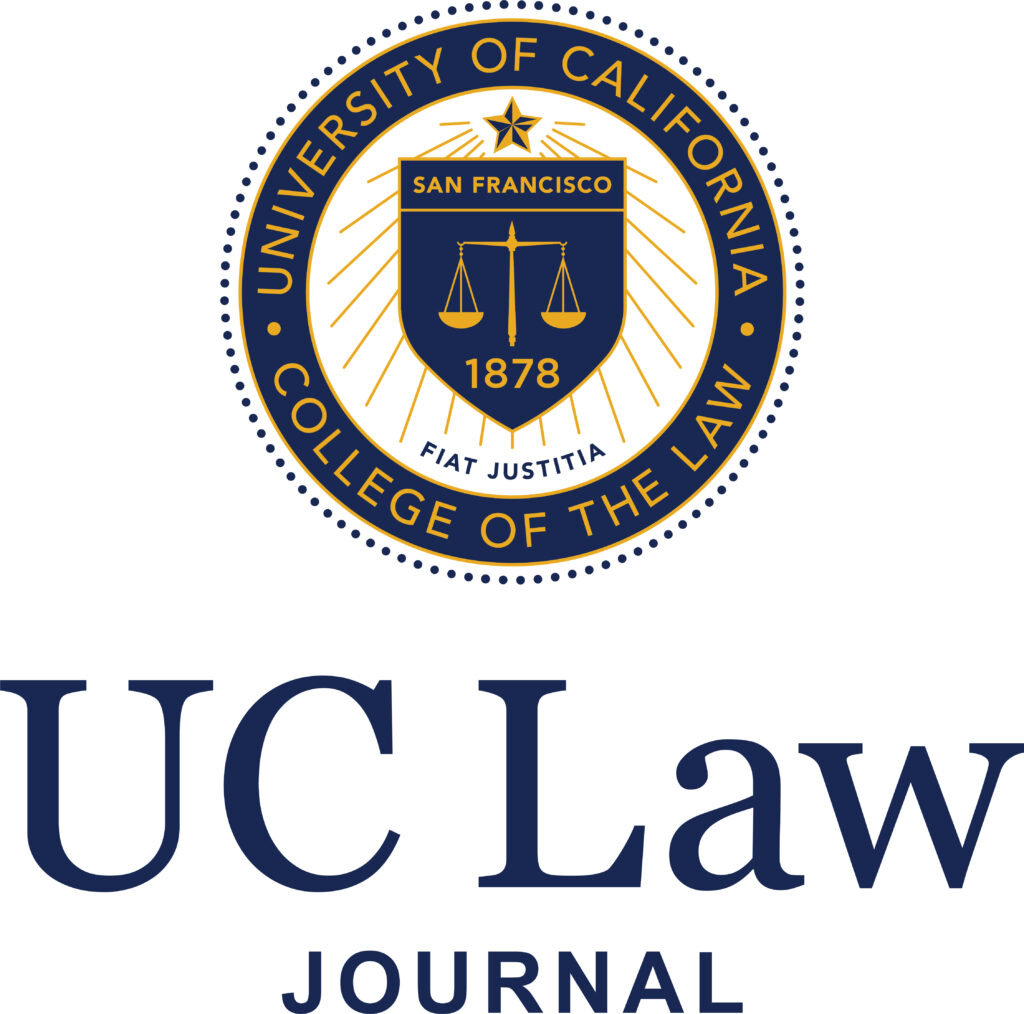Introduction by Joseph Grodin, Former Associate Justice, California Supreme Court
Adam Liptak, writing for the New York Times a few years ago, called the California Supreme Court the “most influential state court in the nation” and for good reason. A study published in the U.C. Davis Law Review, which focused on the number of times state court decisions were cited by other state courts, found California’s high court to be the winner by a landslide. But if one were to judge solely by the table of contents of leading law reviews, one would hardly know that to be the case.
It is not that law reviews have been shunning the California Supreme Court in particular. It is that the role of a particular state court in the development of the law is not a popular focus for academic attention or law review commentary. Academics in search of tenure, or enhanced national reputation, tend to focus on the federal courts for their research and writing, and law review editors tend to follow suit. This bias tends to downplay the influence that state courts have historically played in the national jurisprudential dialogue surrounding the interpretation of the federal Constitution and federal statutes. It tends also to overlook the importance that decisions regarding state law in one state can have for the courts of other states with similar constitutional or statutory provisions. And it entirely ignores the vital significance that opinions of a state’s highest court have for the judges and lawyers who practice in that state. In the case of the nation’s largest state, with the most influential high court in the land, whose decisions affect the citizens of California more directly than the decisions of the court in Washington D.C., this state of affairs is especially unfortunate.
So the decision by the editors of the Hastings Law Journal, in partnership with Berkeley Law’s California Constitution Center, to create an online space for the publication of commentary on decisions of the California Supreme Court deserves enthusiastic applause. And so does Professor Scott Dodson, for his contribution to the first edition of that creation. His topic – the interpretation of a federal statute by the California court, compared to interpretation by other state courts – provides a perfect example of the role that a state court may play in the development of what is, essentially, federal law. But it is to be expected that future editions will be dealing largely with the court’s decisions on matters of state law, which typically comprise the bulk of the court’s docket, and which are likely to afford rich subjects of commentary. Questions of state constitutional interpretation, recently raised to public awareness through decisions involving same-sex marriage, will almost certainly attract attention.
For the California Supreme Court these are particularly interesting times. The composition of the court, unusually stable for years, is in the process of change, possibly more extensive than has occurred in decades, and with that change is likely to come new ideas, maybe new directions. There are cases on the horizon, such as a state constitutional challenge to the state’s teacher tenure laws, that have the potential for affecting the development of the law both in this state and nationwide. Followers of the U.S. Supreme Court have long had a blog – the SCOTUS blog – to assist them in their understanding. Now, with the advent of SCOCAblog, students of the California Supreme Court will have an equivalent resource for keeping a much-needed eye on what is probably the second most significant court in the land.






